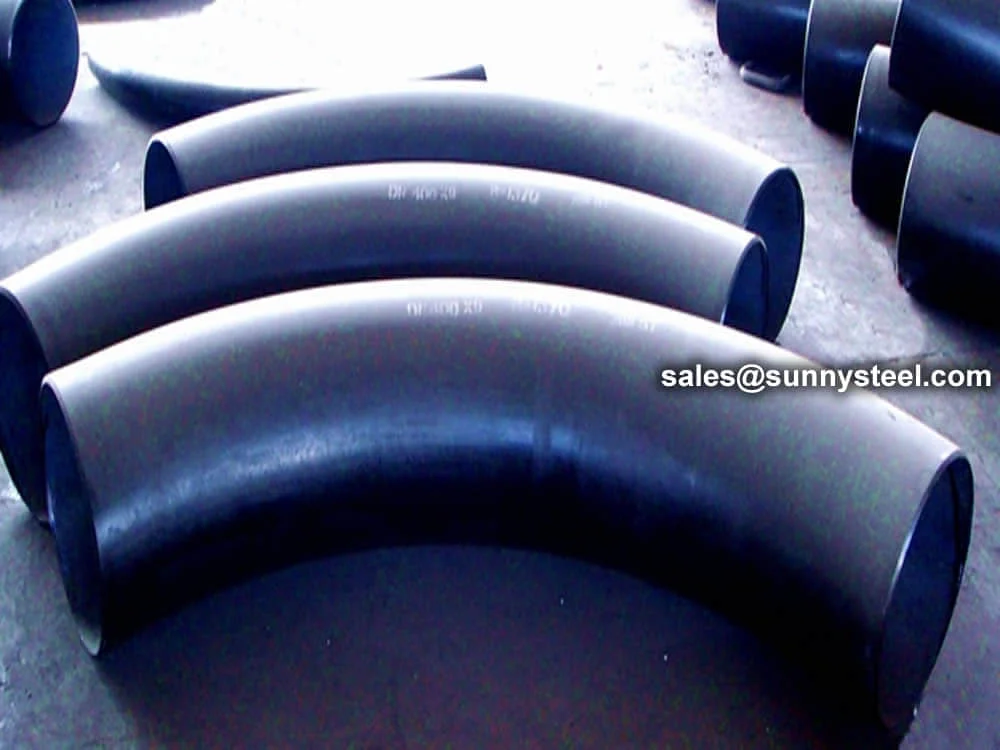
Large-radius 12d Pipe Bends For High-pressure Boiler And Petrochemical Applications
12d pipe bending refers to the process of forming seamless or welded pipes into bends with a radius of 12 times the pipe’s outer diameter (e.
Large-radius 12d Pipe Bends For High-pressure Boiler And Petrochemical Applications
12d pipe bending refers to the process of forming seamless or welded pipes into bends with a radius of 12 times the pipe’s outer diameter (e.g., a 2-inch pipe has a 24-inch bend radius). this large-radius bending ensures minimal flow resistance and turbulence, making 12d bends ideal for high-flow, high-pressure applications requiring boiler pipeline protection and corrosion resistance.
ASTM A213 TP347H Pipe Bending involves forming seamless stainless steel tubes into bends (e.g., 3D, 5D, 7D, or 180° U-bends) for high-pressure, high-temperature applications. ASTM A213 TP347H, an austenitic stainless steel (UNS S34709), contains 17–19% chromium, 9–13% nickel, and columbium (niobium) for stabilization, offering excellent high-temperature strength (up to 870°C) and superior corrosion resistance. Compliant with ASTM A213/ASME SA213 standards, these bends are ideal for boiler pipeline protection in power generation, petrochemical, and chemical processing industries.
Manufactured through hot induction bending or cold drawing with solution annealing (1040–1100°C, water quenched), TP347H pipe bends are available in sizes from 1/8" (3.18mm) to 5" (127mm) outer diameter, with wall thicknesses from 0.4mm to 12.7mm, and bend radii of 3D, 5D, 7D, or custom. They exhibit tensile strength (≥515 MPa), yield strength (≥205 MPa), elongation (≥35%), and hardness (≤192 HB), ensuring durability in harsh environments.
TP347H pipe bends offer excellent weldability without sensitization due to niobium stabilization, which prevents intergranular corrosion in high-temperature settings. Rigorous testing, including chemical analysis, tensile testing, flattening tests, and nondestructive methods (radiographic, ultrasonic, PMI), ensures quality. The high chromium and nickel content forms a passive oxide layer, enhancing corrosion resistance, while coatings like passivation or FBE further protect against chemical exposure.
With a density of approximately 7.96 g/cm³ and thermal conductivity of ~16 W/(m·K) at 20°C, TP347H pipe bends are ideal for high-pressure boilers (pressure ≥9.8 MPa, temperature up to 870°C), superheaters, reheaters, and heat exchangers. Their smooth interior surfaces reduce flow resistance, making them suitable for boiler pipeline protection, refinery piping, cooling coils, and structural applications like handrails and frames.
For engineers seeking robust high-temperature piping solutions, ASTM A213 TP347H pipe bends provide exceptional erosion resistance, corrosion resistance, and longevity, addressing challenges like pipeline corrosion and thermal stress in demanding industrial environments.
12D Pipe Bending refers to the process of forming seamless or welded pipes into bends with a radius of 12 times the pipe’s outer diameter (e.g., a 2-inch pipe has a 24-inch bend radius). This large-radius bending ensures minimal flow resistance and turbulence, making 12D bends ideal for high-flow, high-pressure applications requiring boiler pipeline protection and corrosion resistance. Commonly used in power generation, petrochemical, and chemical processing industries, 12D bends accommodate materials like carbon steel, stainless steel, and alloy steel.
Manufactured using advanced techniques like hot induction bending or cold rotary draw bending, 12D pipe bends are available in sizes from 1/2" (12.7mm) to 48" (1219mm) outer diameter, with wall thicknesses from 0.5mm to 50mm, and angles of 90°, 45°, 30°, or 180° (U-bends). The large radius reduces pressure loss and enhances erosion resistance, critical for high-velocity fluid or gas systems. Materials are selected based on application, with coatings like FBE, galvanization, or passivation to enhance corrosion resistance.
12D pipe bends are tested rigorously, including chemical analysis, tensile testing, flattening tests, and nondestructive methods (radiographic, ultrasonic) to ensure structural integrity. With a typical density of ~7.85–7.96 g/cm³ (depending on material) and thermal conductivity suited to high-temperature environments (up to 870°C for stainless steels), 12D bends are perfect for high-flow piping in boilers, superheaters, heat exchangers, and refinery pipelines.
The large radius of 12D bends minimizes stress concentration and wall thinning, ensuring durability in high-pressure systems (≥9.8 MPa). They are used in applications like cooling coils, structural frames, and high-pressure boiler piping, where smooth flow and pipeline corrosion protection are critical. For engineers, 12D pipe bends offer a balance of performance, longevity, and efficiency in demanding industrial environments.
| Specification | Details |
|---|---|
| Standards | ASME B16.9, ASTM A213, A210, A106, GB5310 |
| Materials | Carbon Steel, Stainless Steel (e.g., TP347H), Alloy Steel (e.g., 12Cr1MoVG) |
| Sizes | 1/2" (12.7mm) to 48" (1219mm) Outer Diameter |
| Wall Thickness | 0.5mm to 50mm |
| Bend Radius | 12D (12 times pipe diameter) |
| Angles | 90°, 45°, 30°, 180° (U-Bends), or Custom |
| Manufacturing | Hot Induction Bending, Cold Rotary Draw Bending, Heat Treatment |
| Coatings | FBE, Galvanization, Passivation |
| Testing | Chemical Analysis, Tensile, Flattening, Radiographic, Ultrasonic |
| Operating Conditions | Pressure: ≥9.8 MPa, Temperature: Up to 870°C (material-dependent) |
Material-specific coatings (FBE, passivation) protect against rust and chemicals.
Large 12D radius minimizes turbulence and wear in high-flow systems.
Reduced pressure loss for high-flow piping applications.
Suitable for up to 870°C with stainless or alloy steels.
Compatible with various materials and welding techniques.
Efficient for large-scale industrial piping systems.
| Feature | 12D Pipe Bends | 3D Pipe Bends | 5D Pipe Bends | 7D Pipe Bends |
|---|---|---|---|---|
| Bend Radius | 12 x Pipe Diameter | 3 x Pipe Diameter | 5 x Pipe Diameter | 7 x Pipe Diameter |
| Flow Efficiency | Excellent (minimal pressure loss) | Moderate (higher turbulence) | Good (balanced flow) | Very Good (low turbulence) |
| Erosion Resistance | Superior (smooth flow) | Moderate | Good Ascending | Good |
| Applications | High-flow boilers, petrochemical | Tight-radius systems, structural | Boilers, heat exchangers | High-pressure piping |
| Space Requirement | High (large radius) | Low (compact bends) | Moderate | Moderate |
| Cost | Higher (complex manufacturing) | Lower | Moderate | Moderate |
| Key Advantage | Superior flow efficiency | Compact design | Balanced flow and space | Improved flow efficiency |
A curated list of long-tail keywords for 12D pipe bends, covering diverse bending applications, specifications, and industries.
Note: 12D pipe bends are designed for high-flow, corrosion-resistant piping in critical industrial applications. Contact a certified supplier for detailed specifications.

Radius is three times the nominal diameter. Compact design for space-limited applications.
Radius is five times the nominal diameter. Optimal balance of flow and space requirements.
Radius is ten times the nominal diameter. Maximum flow efficiency with minimal pressure drop.
For a 10-inch diameter pipe with a 5D bend:
Centerline Radius = 5 × 10 inches = 50 inches
The radius calculation helps determine the space requirements and flow characteristics of the bend.
| Material Type | Grades & Standards |
|---|---|
| Stainless Steel | ASTM A403 WP Gr. 304, 304L, 304H, 309, 310, 316, 316L, 316Ti, 317L, 321, 347, 347H, 904L |
| Carbon Steel | ASTM A 234 WPB, WPBW, WPHY 42, WPHY 46, WPHY 52, WPH 60, WPHY 65 & WPHY 70 |
| Low-Temperature Carbon Steel | ASTM A420 WPL3, A420 WPL6 |
| Alloy Steel | ASTM / ASME A/SA 234 Gr. WP 1, WP 5, WP 9, WP 11, WP 12, WP 22, WP 91 |
| Duplex & Super Duplex Steel | ASTM A815, ASME SA 815 UNS 31803, UNS 32205 (Dual Certified) |
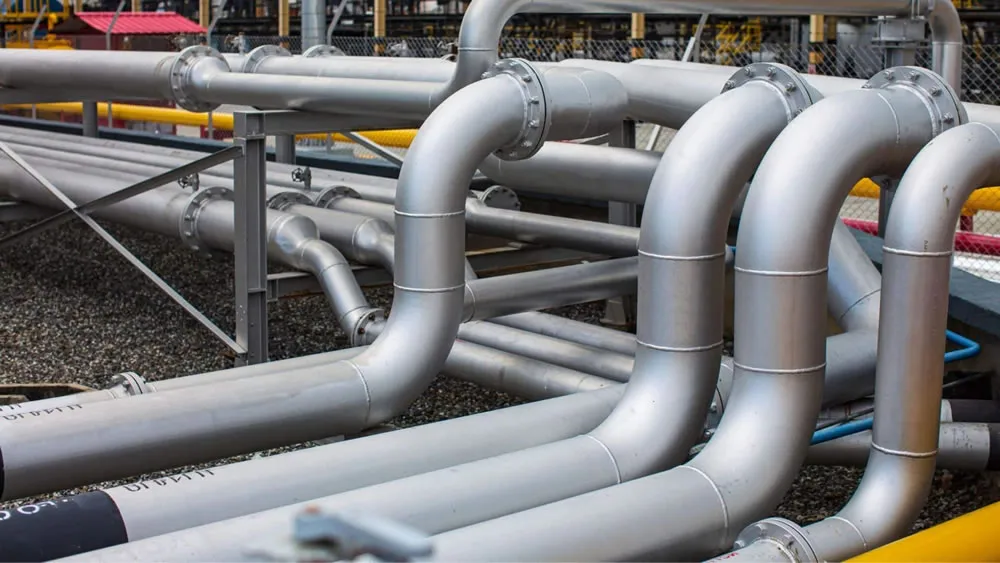
The 12D Pipe Bending are used in the following industries:
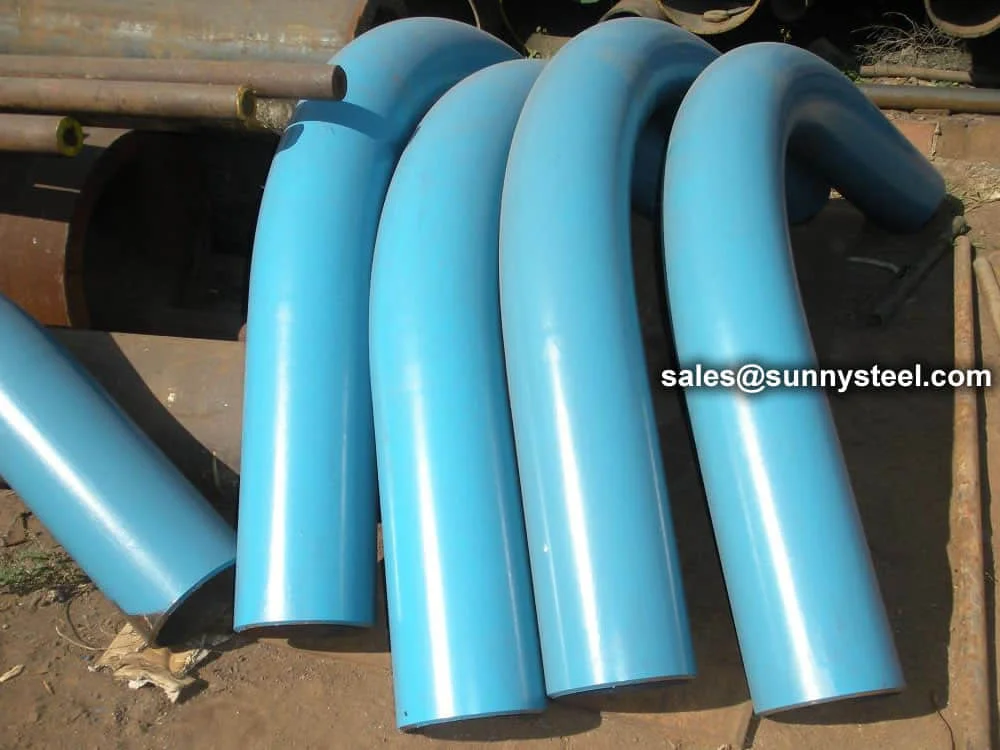
A 7d pipe bending is a pipe bend that the bend rad...
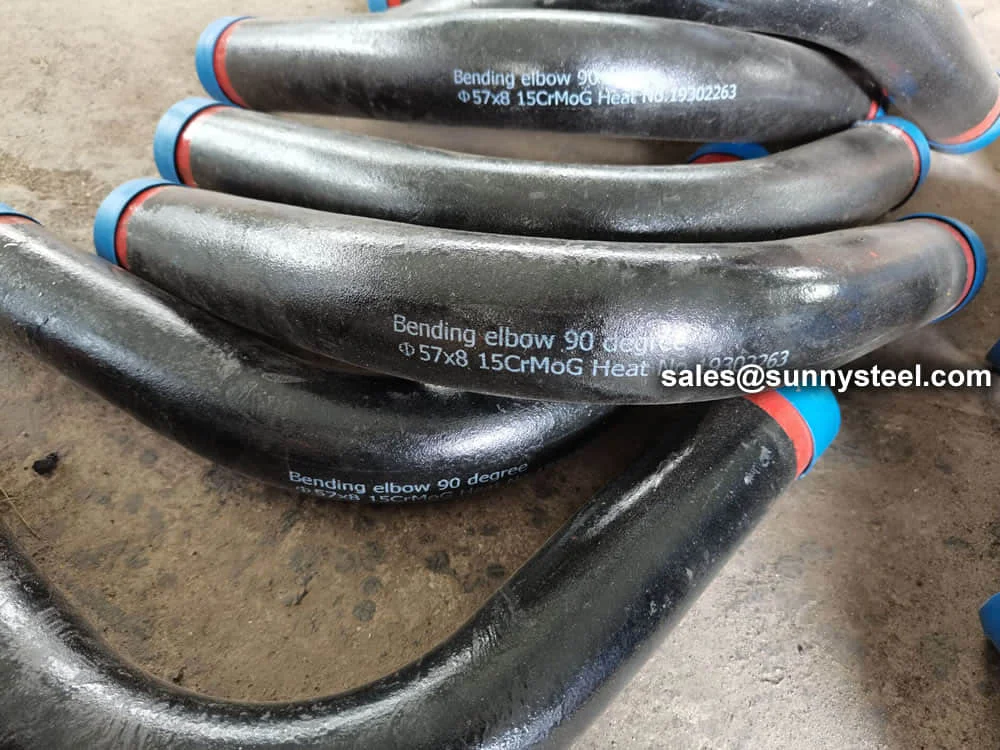
15crmog pipe bending involves shaping seamless all...
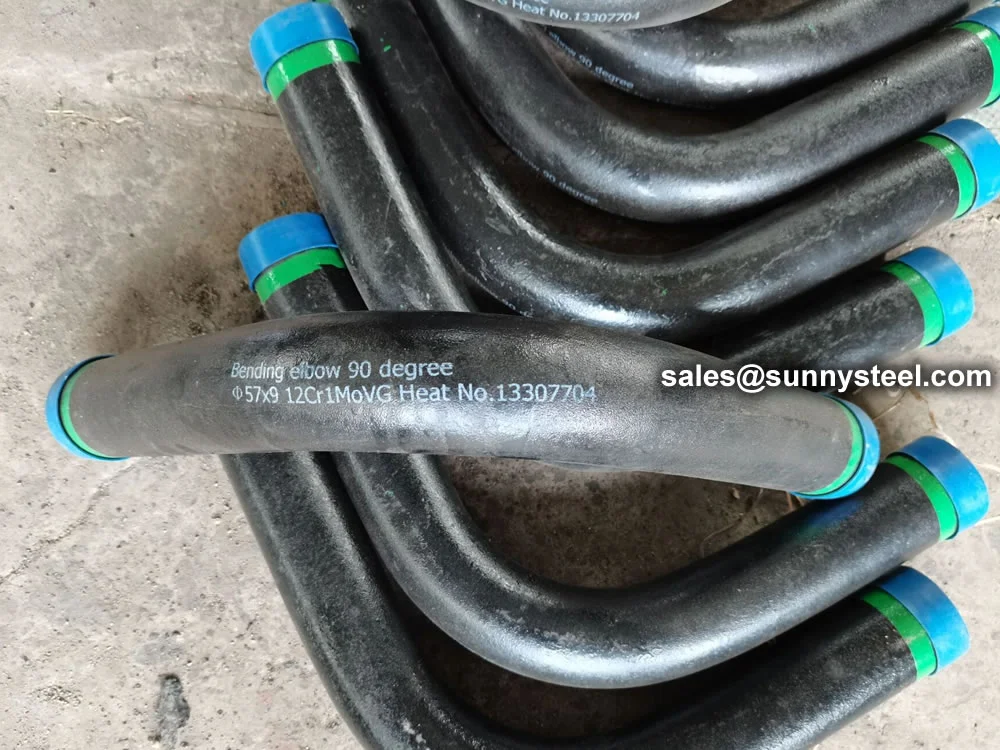
12cr1movg pipe bending refers to the process of sh...
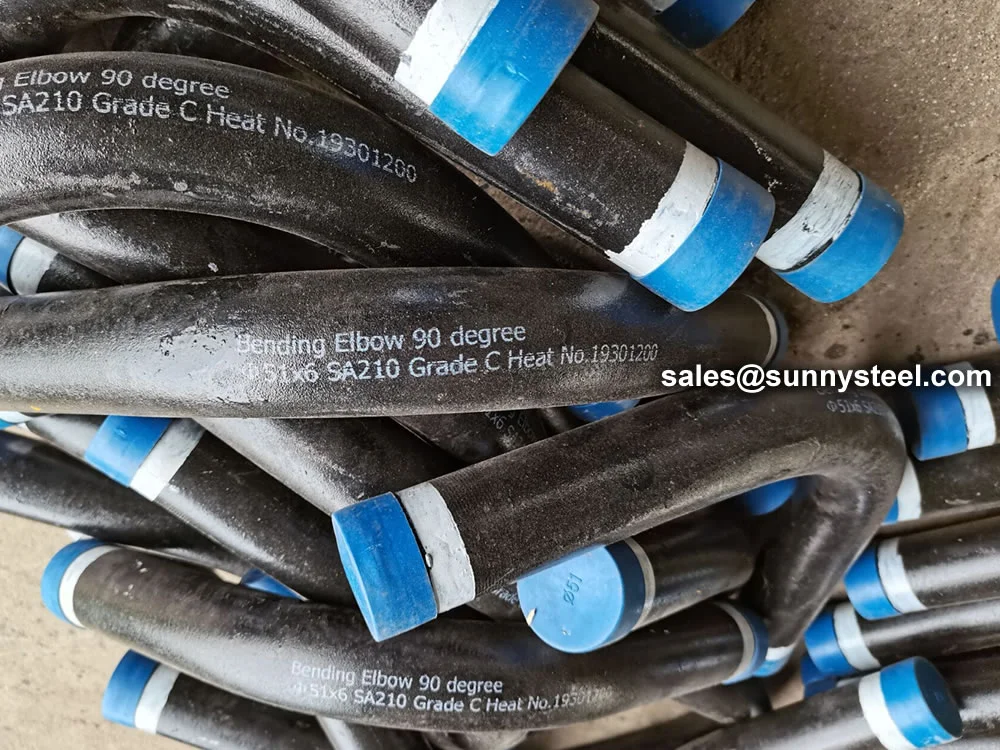
Astm a210 grade c pipe bending involves forming se...
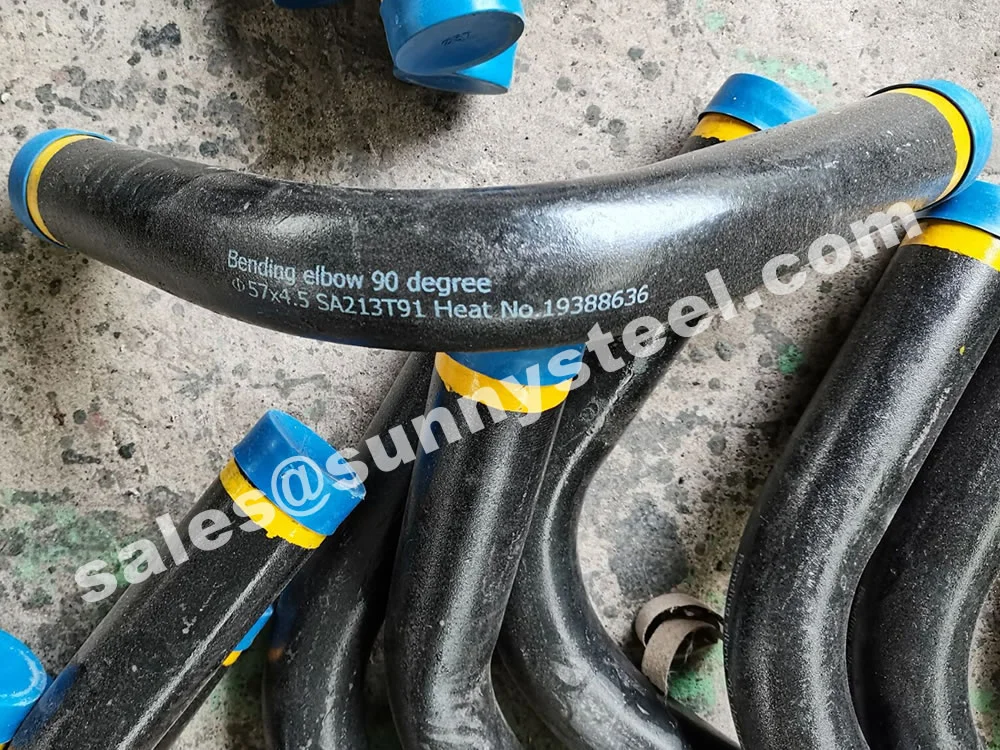
Bending astm a213 t91 requires special care and te...
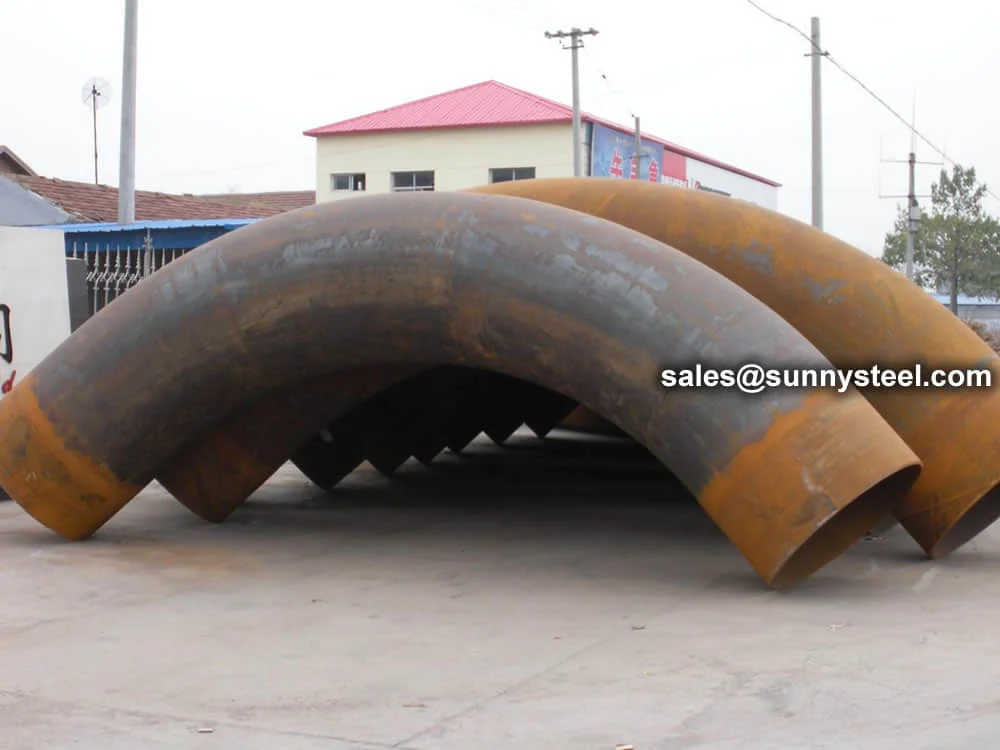
Large size pipe bending refers to the technique of...